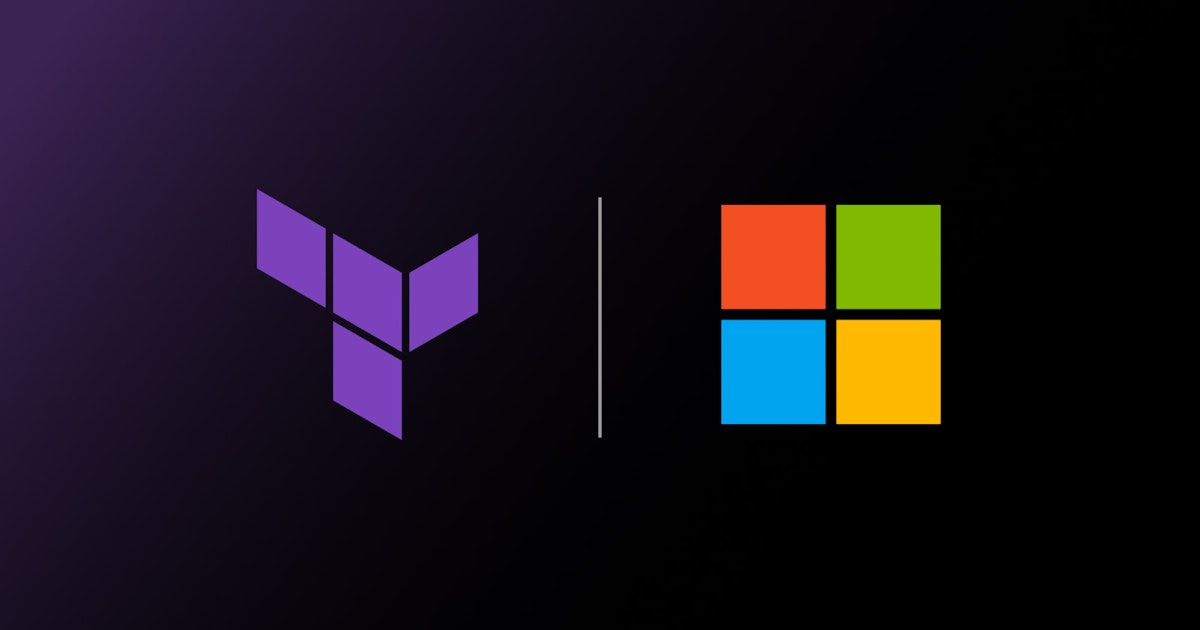The complexities of cloud infrastructure continue to grow, making the need for tools that simplify and automate resource management more important than ever. This is particularly significant for big data management platforms. Within the Microsoft ecosystem, Microsoft Fabric often plays a central role in addressing these needs.
Microsoft Fabric is an enterprise-level, comprehensive analytics platform that unifies various data processes. It brings together data movement, processing, ingestion, transformation, real-time event routing, and report building within a single framework. Microsoft Fabric supports these capabilities through integrated services like Data Engineering, Data Factory, Data Science, Real-Time Intelligence, Data Warehouse, and Databases.
To enhance the speed of provisioning Microsoft Fabric instances across an organization’s infrastructure in a standardized and best-practice manner, adopting HashiCorp Terraform becomes vital. With the Terraform provider tailored for Microsoft Fabric, organizations can integrate their Fabric management processes into their existing developer platforms. This integration makes managing Fabric environments swifter, more secure, and template-driven.
Introduction to Terraform Provider for Microsoft Fabric
HashiCorp Terraform is a widely used tool that allows organizations to provision and manage infrastructure across multiple cloud environments and platforms using a consistent, declarative approach. By employing the Terraform provider for Microsoft Fabric, teams can extend these benefits to automate and scale their Fabric environments seamlessly.
Why Use Terraform for Microsoft Fabric?
The Terraform provider for Microsoft Fabric offers numerous advantages:
- Automation: Automate your infrastructure management with workflows that minimize manual intervention and reduce errors.
- Scalability: Expand your deployments to meet increasing demands, ensuring consistent and reliable performance.
- Governance: Maintain compliance and enforce policies across your infrastructure with automated guardrails.
- Integration: Utilize integration with existing Continuous Integration/Continuous Deployment (CI/CD) pipelines, enhancing your DevOps practices.
Optimizing Microsoft Fabric Management with Terraform
Enterprises often encounter various challenges when managing their Microsoft Fabric environments. Terraform effectively addresses these issues:
- Eliminate ClickOps: Automate infrastructure changes and minimize manual, error-prone processes.
- Scale with Confidence: Terraform’s modularity and state management make it easy to manage large Fabric deployments.
- Ensure Governance: Codify policies, enforce compliance, and uphold best practices.
Key Use Cases
The versatility of the Terraform provider for Microsoft Fabric makes it suitable for various scenarios:
- Governance and Compliance: Implement and enforce governance policies to mitigate risks and ensure regulatory compliance.
- Deployment at Scale: Automate complex deployments, template tasks, and manage resources across multiple environments.
- DevOps and Infrastructure Lifecycle Management: Create consistent environments for development and testing, enabling rapid iteration and reliable infrastructure lifecycle management.
- Tenant Management: Simplify tenant management and accelerate infrastructure setup for independent software vendors (ISVs) and multi-tenant architectures.
Getting Started
Start integrating automation, governance, and scalability into your Microsoft Fabric environment with Terraform. To install this provider, copy and paste the necessary code into your Terraform configuration and execute
terraform init. It is highly recommended to use therequired_providersblock to specify the Fabric provider’s source and version.Looking into the Future
As Microsoft Data Fabric continues to evolve, ensuring secure multi-platform data access remains a critical challenge. Future developments aim to integrate HashiCorp Vault, which will enable dynamic secrets management, access control, and encryption workflows. These enhancements will improve data security and compliance across platforms, providing a more robust solution for managing sensitive data.
In conclusion, the integration of HashiCorp Terraform with Microsoft Fabric provides an essential toolkit for organizations aiming to streamline their infrastructure management. By adopting these technologies, businesses can enhance their ability to manage complex cloud environments efficiently, ensuring they are well-prepared for future challenges in data management and security. For more information, you may refer to Microsoft’s official Fabric Overview page.
For more Information, Refer to this article.


































